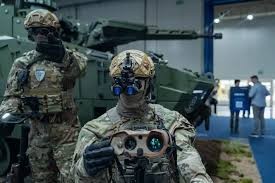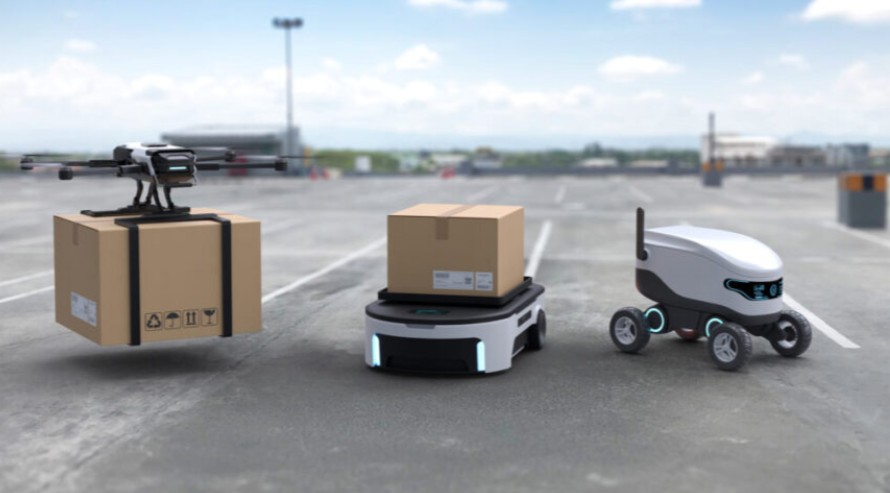Meta and Anduril Partner to Develop Next-Gen Battlefield Technology with AR Headsets and AI Systems
Meta and defense technology startup Anduril Industries have announced a strategic partnership to develop next-generation augmented reality (AR) systems for U.S. military personnel.
The collaboration will merge Meta’s AR and artificial intelligence capabilities with Anduril’s battlefield intelligence platform, Lattice, creating wearable devices designed to provide soldiers with real-time data and control over autonomous systems on the battlefield.

Figure 1. Battlefield Technology with AR Headsets and AI Systems.
Meta CEO Mark Zuckerberg emphasized the company’s long-term investment in AR and AI as foundational technologies for future computing. “We’re proud to work with Anduril to deliver these advancements to American service members who defend our nation,” he said. Figure 1 shows Battlefield Technology with AR Headsets and AI Systems.
This marks Meta’s most prominent move into the defense sector, highlighting deepening ties between Big Tech and the U.S. government, especially amid shifting priorities during President Trump’s second term.
A New Era of Warfare: Augmented Reality Meets Artificial Intelligence
The forthcoming devices—likely AR goggles or visors—aim to enhance soldiers’ situational awareness and decision-making capabilities in combat.
Meta’s AI and wearable hardware will integrate with Anduril’s Lattice platform, which analyzes real-time data from thousands of battlefield sources to generate actionable insights. Soldiers will interact with this information through immersive AR/VR interfaces designed for rugged environments.
Anduril founder Palmer Luckey, who previously sold Oculus to Meta, stated in the press release, “My mission has always been to turn warfighters into technomancers. The systems we’re building with Meta are making that a reality.”
According to the companies, the project is privately funded, with no taxpayer dollars involved. They claim the use of off-the-shelf commercial technologies could save the military billions.
Zuckerberg and Luckey Reunite Amid Political Shifts
The partnership also reunites Zuckerberg with Palmer Luckey, whose controversial departure from Facebook in 2017 followed backlash over his undisclosed support of a pro-Trump meme campaign during the 2016 election.
Since President Trump’s return to office, Zuckerberg has increased engagement with the administration and relaxed some of Meta’s content moderation policies [1]. He recently purchased a $23 million residence in Washington, D.C., further signaling stronger alignment with federal interests.
“I’m excited to be collaborating with Meta again,” Luckey said, describing the partnership as a vital use of dual-use technologies in national defense.
Meta Pushes Deeper into National Security
This initiative is part of Meta’s broader effort to frame its AR and AI technologies as essential to maintaining U.S. technological superiority on the global stage.
Meta has already positioned its open-source Llama AI models for military use and aligned itself with government efforts to counter China’s tech advancements.
Together, Meta and Anduril have submitted a proposal for the Army’s SBMC Next contract—formerly known as IVAS Next—and are also co-developing EagleEye, a next-gen headset that enhances soldiers’ sensory capabilities in the field.
Regardless of the contract outcome, both companies plan to continue development. They report that software updates to Lattice-integrated devices are now reaching soldiers within hours rather than months, a significant leap in battlefield responsiveness.
This collaboration reflects a broader transformation in Silicon Valley, with companies like Meta, OpenAI, and Palantir increasingly positioning their innovations as indispensable tools for U.S. defense and national security.
References
- https://interestingengineering.com/military/meta-anduril-defense-partnership
Cite this article:
Keerthana S (2025), Meta and Anduril Partner to Develop Next-Gen Battlefield Technology with AR Headsets and AI Systems, AnaTechMaz, pp.694





